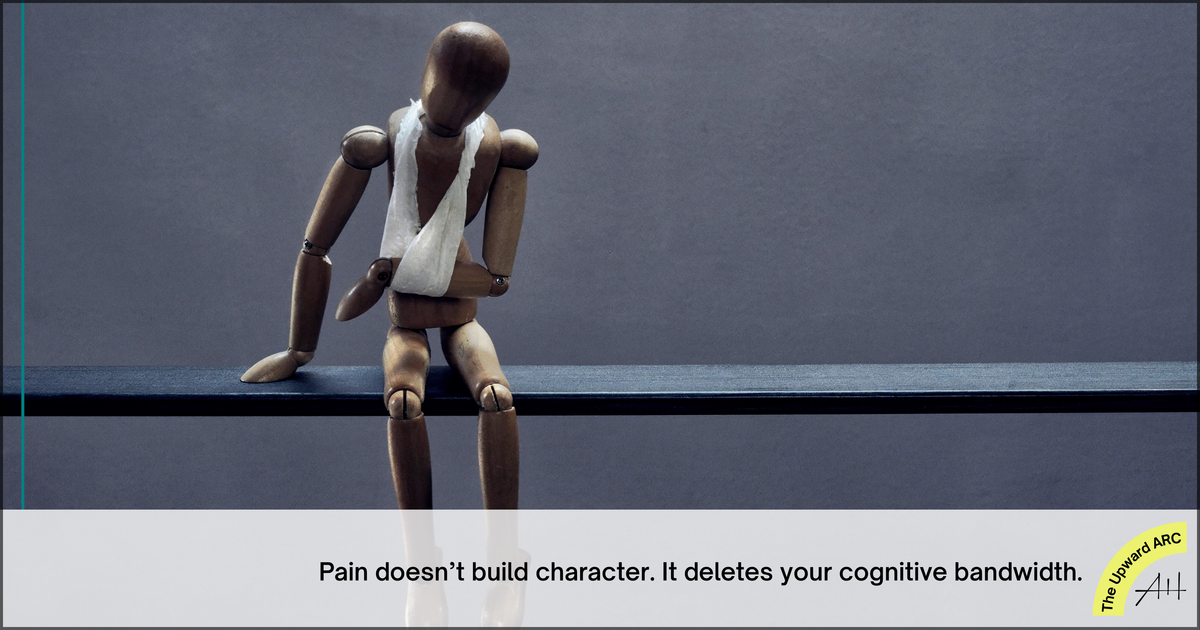The Pain Paradox: Why Mental Toughness Is Quietly Killing Executive Performance
A Vietnamese man once hammered my spine with a construction tool. It didn't work. Chronic pain was robbing me of focus, energy, and emotional control. Here’s how I took it back with systems, not suffering.

This post is for members only
Already have an account? Sign in.
